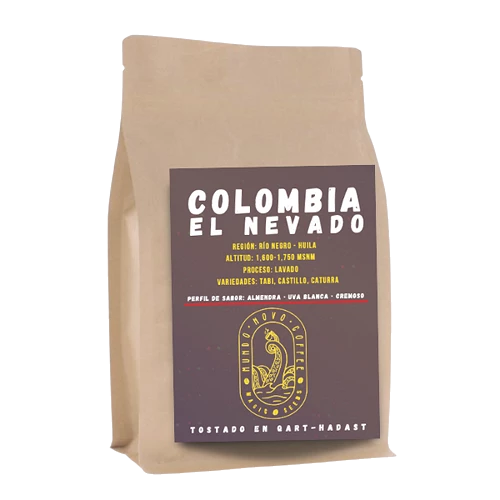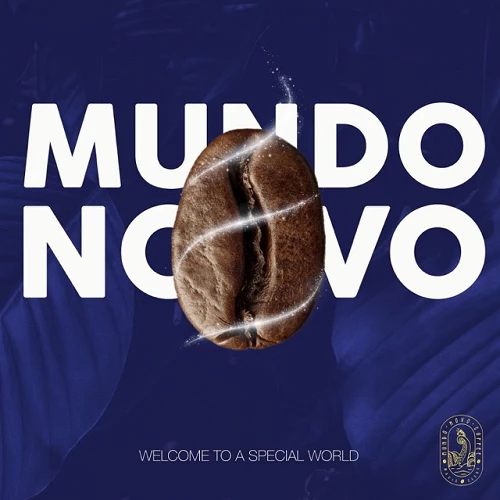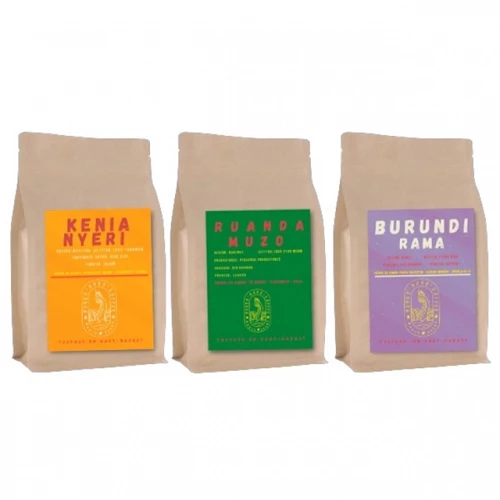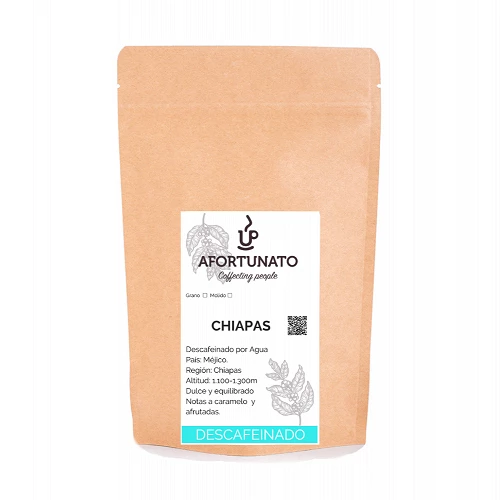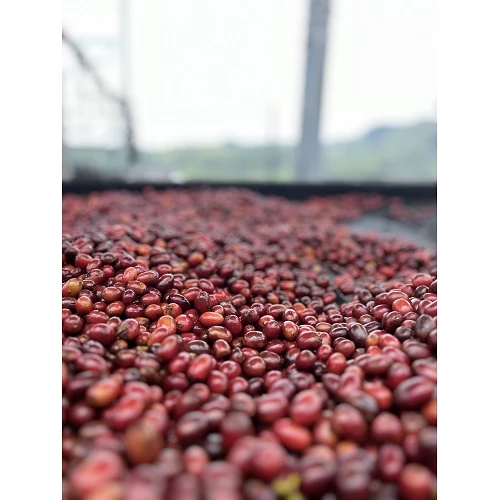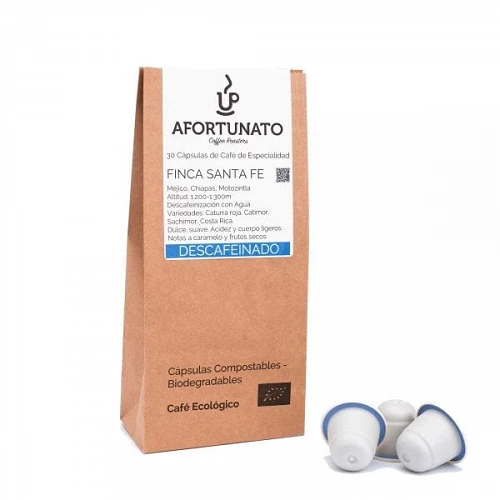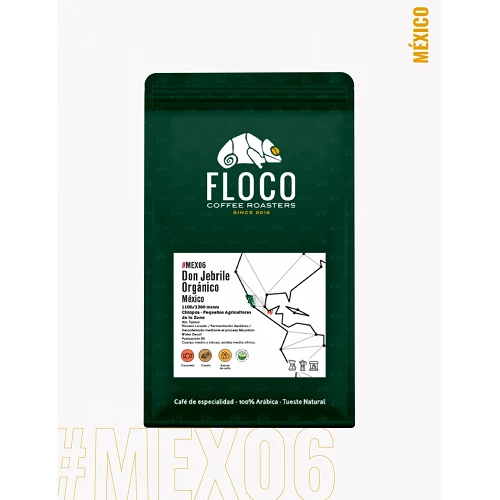DECAF O2 - Peru
DECAF Specialty Coffee from PERU Sparkling Wate
An ideal coffee to prepare in espresso and moka machines (a traditional stovetop coffee maker) either alone or with milk. Clear, good chocolate flavour, with a soft citric acidity and a long caramel and hazelnut flavour. Medium acidity, but juicy and with good weight in the mouth. Enjoy
Origin: Cajarmarca, Jaém, Peru
Altitude: 1,700 meters above sea level.
Variety: Catuai, Mundo Novo
Process: Washed Decaffeinated with WATER
Producer: Cooperativa Café del Futuro
Tasting notes: Milk chocolate, Orange, Nougat
DECAF Specialty Coffee from PERU Sparkling Water
Asociación Café del Futuro
In recent decades, the Jaén region in Peru has become a coffee monoculture, resulting in farmers now being heavily dependent on food from other regions. With government restrictions on Corona containment, transport costs and food prices have increased. Since then, many families have had problems with their food security, which has reduced their livelihoods.
Many farmers in the Asociación Café del Futuro are also affected by this situation. The cooperative was founded in 2007 and stands for high-quality coffees with selected varieties and a strong focus on certified coffee. The farmers mainly grow varieties such as Caturra, Bourbon and Mundo Novo, which thrive well between the provinces of Jaén and San Ignacio. We have a close collaboration with the Asociación Café del Futuro, which we visited in 2019, and have been sourcing their coffee since then.
With your support, we want to build a sustainable solution that improves the livelihoods and food security of 105 coffee-growing families. By purchasing one of the three coffee-growing qualities of the Café del Futuro Association, you support the establishment of local gardens to increase food security. Each coffee-growing family receives 10 raised beds of 7.5 square meters, as well as regional vegetable seeds, tools and know-how.
Peru, land of the community
This coffee comes from the Café del Futuro Association, to which 348 farmers belong. The Association was founded in 2007 and stands for high-quality coffees with selected varieties and a strong focus on certified coffee. Farmers grow varieties such as Caturra, Bourbon and Mundo Novo, which thrive well in the region between the provinces of Jaén and San Ignacio. The Association supports farmers in financing drying sheds, which allow them to dry the coffee gently and protected from the rain. 95% of producers already use these dryers. Coffees grow between 1,600 and 2,000 meters above sea level.
History of coffee in Peru
Peru holds exceptional promise as a producer of high-quality coffees. The country is the world's largest exporter of organic Arabica coffee. With extremely high altitudes and fertile soils, the country's small farmers also produce some impressive specialty coffees.
Although coffee arrived in Peru in the 18th century, very little was exported until the late 19th century. Until then, most of the coffee produced in Peru was consumed locally. When coffee rust hit Indonesia, a key country for European imports, in the late 19th century, Europeans began looking elsewhere for their fix. Peru was a perfect choice.
Between the late 19th century and World War I, European interests invested significant resources in coffee production in Peru. However, with the coming of the two world wars, England and other European powers became weaker and adopted a less colonialist outlook. When the British and other European landowners left, their land was bought by the government and redistributed to the local population. The Peruvian government bought back the 2 million hectares previously granted to England and distributed the land to thousands of local farmers. Many of these farmers subsequently grew coffee on the land they received.
Today, Peruvian coffee growers are overwhelmingly small-scale. Peruvian farmers typically process coffee on their own farms. Most coffee is thoroughly washed. It is usually pulped, fermented, and sun-dried on raised beds or drying sheds. Drying greenhouses and parabolic beds are becoming more common as farmers turn to specialized markets.
After drying, the coffee is sold in parchment to the cooperative. Producers who are not members of a cooperative often sell to a middleman.
The remoteness of farms, coupled with their small size, means that producers need middlemen or cooperatives to help them get their coffee to market. Cooperative membership greatly protects farmers from the farm and can make a huge difference to income from coffee.
Data sheet
- Country of Origin
- Peru
- Roasted for
- Filter & Espresso
- Tasting notes
- Milk chocolate
Nougat
Orange - Decaf
- Yes
- Processing
- Descafeinado con agua








